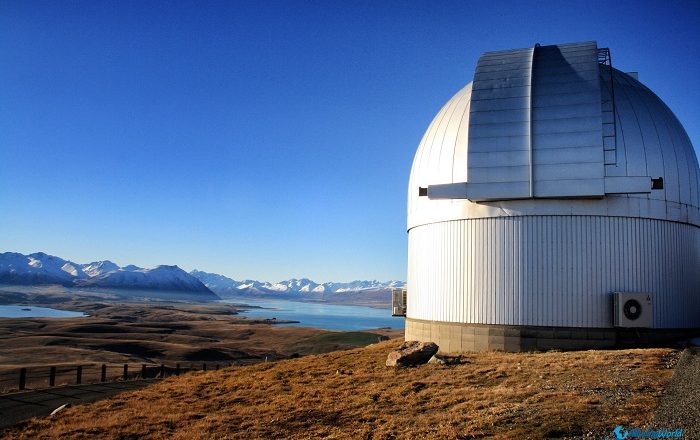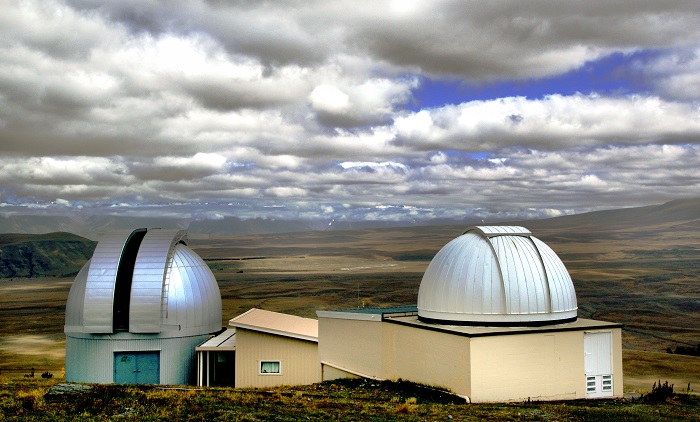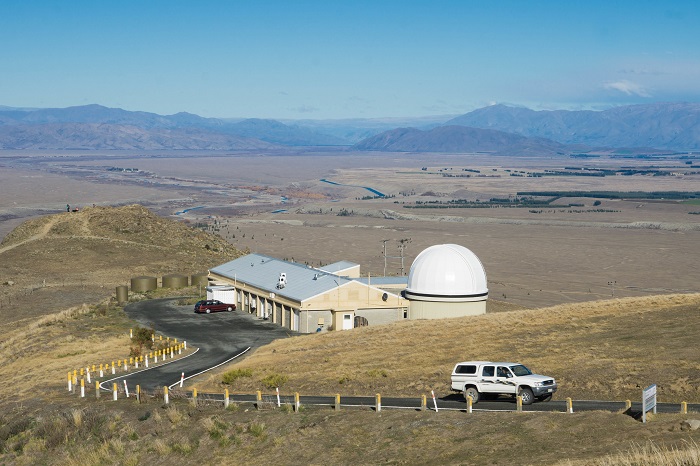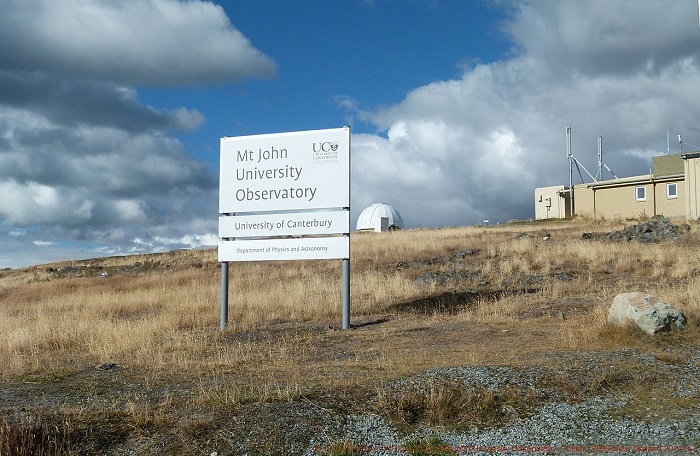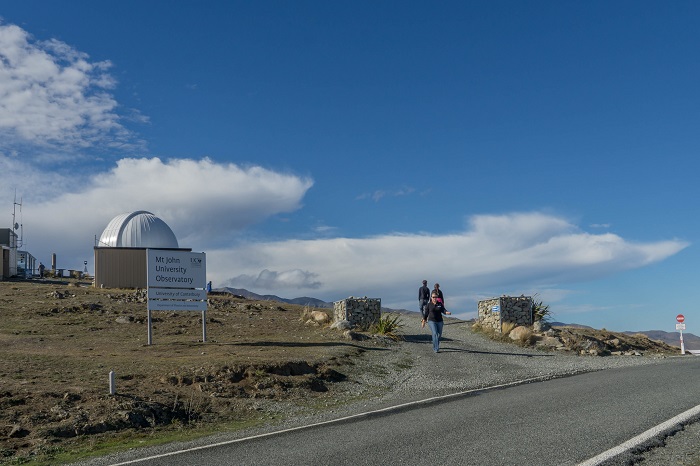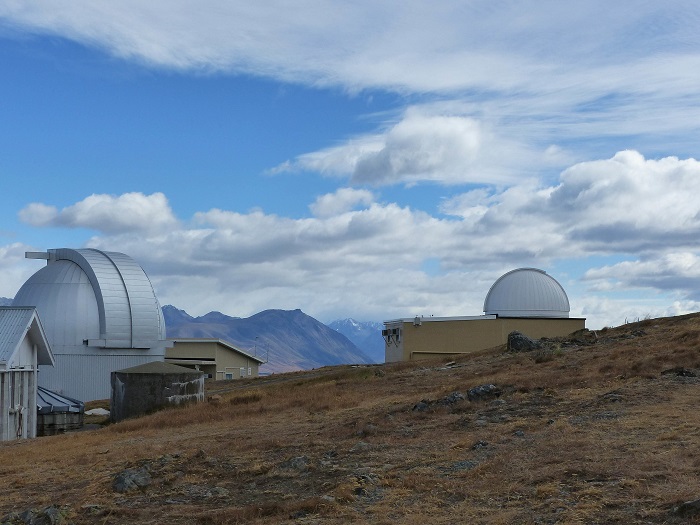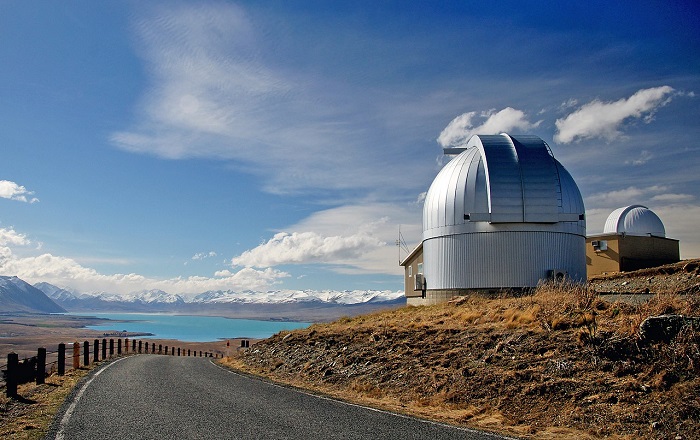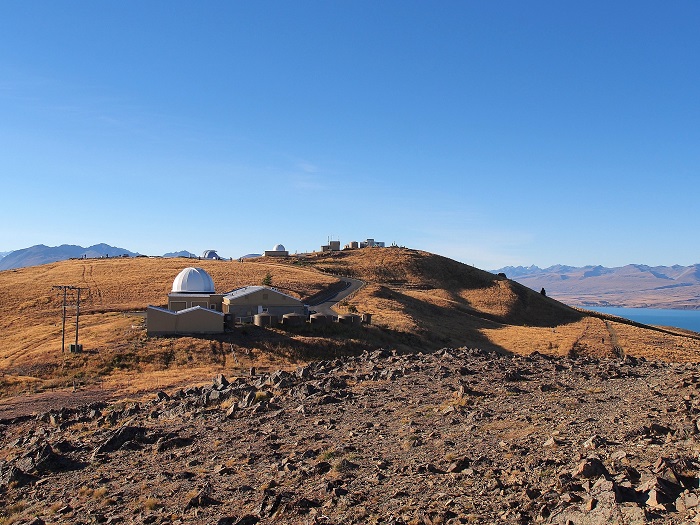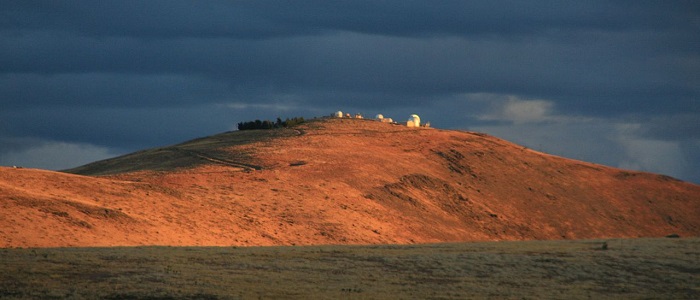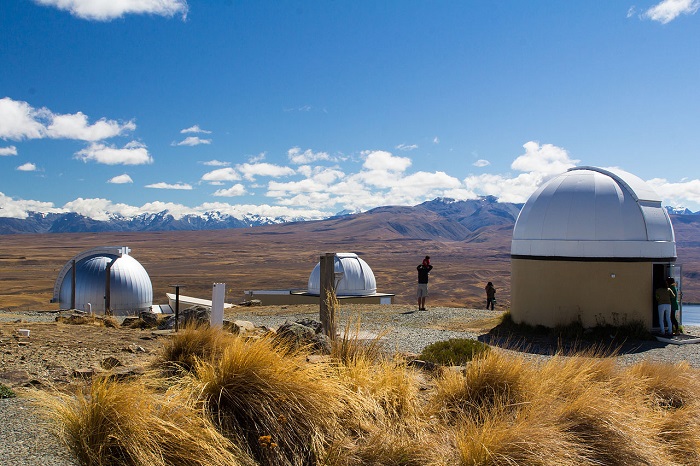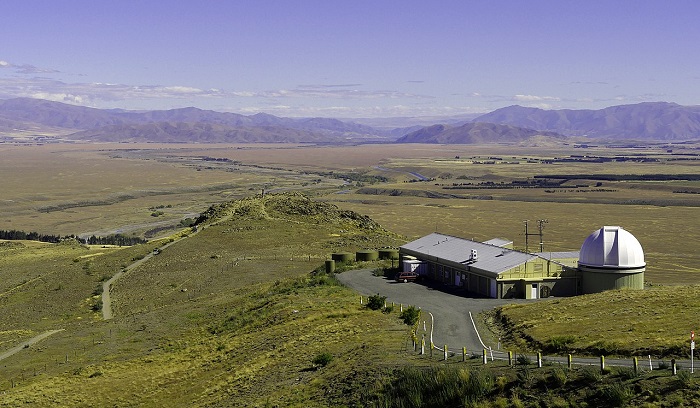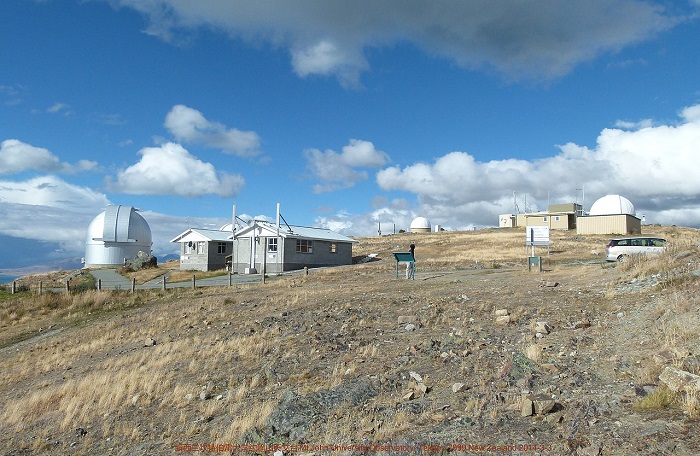Mount John University Observatory is a world-renowned astronomical observatory that is located in the Aoraki Mackenzie International Dark Sky Reserve, more precisely on Mount John which is a 1,031 m (3,383 ft) high peak in the Southern Alps of the South Island of New Zealand. The observatory overlooks the stunning Lake Tekapo, it was built in the late 1960s by the University of Canterbury, and it officially began its operations in 1970.
Mount John was chosen as its location due to its high altitude, clear skies, and low light pollution, and as it is part of the dark sky reserve. Still, the observatory is located at the latitude of 43.98° South, which places it in a prime position for observing both southern and northern celestial objects, and the primary reason for the construction of the observatory here was to provide New Zealand astronomers with access to a modern and sophisticated facility for conducting research.
At the time of its construction, the observatory was one of the most advanced astronomical facilities in the world, since it was equipped with a range of telescopes, including a 1.8-meter reflector, which was one of the largest telescopes in the southern hemisphere at the time.
Be that as it may, the observatory was built using cutting-edge technology for its time, where the main building is a concrete and steel structure, that houses the telescope control room, computer rooms, and research laboratories, and the telescope itself is mounted on a massive concrete pier, which provides exceptional stability and reduces vibration from the surrounding environment.
In addition to that, the observatory also features a range of other support facilities, including accommodation for staff and visiting astronomers. Regardless of its almost diminishing technology, the importance of Mount John University Observatory cannot be overstated. It has played a significant role in advancing the understanding of the universe, particularly in the southern hemisphere, where the observatory has contributed to numerous groundbreaking discoveries, including the detection of exoplanets and the study of black holes.
Additionally, it has also played a crucial role in the development of New Zealand’s astronomical community, providing training and research opportunities for generations of astronomers. The location where the observatory was built was based on several factors.
The location’s high altitude and clear skies make it an ideal site for astronomical observations, and the observatory’s position in the Southern Hemisphere provides a unique perspective on celestial objects that are not visible from other parts of the world.
The observatory’s location in the Aoraki Mackenzie International Dark Sky Reserve also provides an exceptional level of darkness, making it one of the best places in the world for stargazing, since the reserve’s mission is to preserve night skies for present and future generations by ensuring that the quality of the natural night skies of the AMIDSR are protected against light pollution.
Among the significant events, the most important one was done in 1995, where the observatory played a crucial role in the discovery of the first exoplanet orbiting a sun-like star, which was made using the observatory’s 1.8-meter reflector that detected the presence of a Jupiter-sized planet orbiting the star 51 Pegasi. This discovery marked a significant milestone in the understanding of the universe, and it was recognized with a Nobel Prize in Physics in 2019.
Nowadays, the Mount John University Observatory remains an active research facility that is managed by the University of Canterbury and operates several telescopes, including a 1.8-meter reflector, a 0.6-meter reflector, and a 0.4-meter reflector. The observatory also offers a range of research and training opportunities for astronomers and students.
Visitors too are welcome to visit the observatory and participate in stargazing tours, offering a range of guided tours, which provide people with an opportunity to learn about the universe and observe celestial objects through the telescopes. All of the tours are conducted by experienced astronomers, who provide in-depth explanations of the objects being observed and the science behind the observations.
In conclusion, Mount John University Observatory is a remarkable scientific facility that has made significant contributions to our understanding of the universe with a strategic location that gives an advantage to the observatory to make even more groundbreaking discoveries, which makes it an exceptional example of scientific excellence and is a testament to New Zealand’s commitment to advancing knowledge and understanding of the cosmos.

